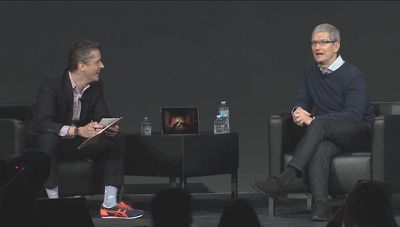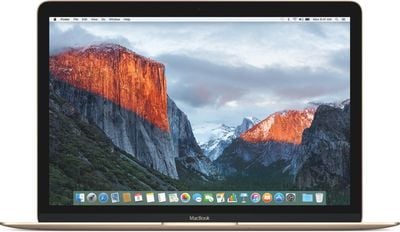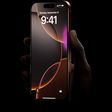Logitech today announced its entry into the home security and monitoring market with the Circle Portable Home Connection Camera, which is debuting under its new Logi brand. The palm-sized Circle is a connected camera that's designed to let users monitor and interact with pets, children, and people at home while away.
Through a companion app, the Logi Circle streams HD video to an iPhone or iPad. It includes a two-way talk and listen feature that works using Wi-Fi, letting it go beyond simple monitoring. According to Logitech, the Circle includes "Scene Intuition" technology that sets it apart from other similar home camera systems. With Scene Intuition, the Logi Circle is able to learn home life patterns to send alerts only when interesting activity occurs to save people from having to sort through hours and hours of footage.

The app also offers a "Day Briefs" feature, which is an automatically generated 30-second video that sums up the highlights of each day.
"There's a new movement in home monitoring," said Vincent Borel, director of new ventures at Logitech. "The nature of today's connected world is changing the way people interact with cameras in the home. Video surveillance is no longer just about security, it's about staying connected with our homes and loved ones. Planned or unplanned, magic moments happen in our homes every day and we designed the Logi Circle as your destination for capturing and discovering them no matter where you are or what you're doing. Now you can watch your kids playing or catch your dog chasing its tail even if you're running errands, traveling for business or at the office."
The Logi Circle has an unobtrusive design that lets it fit quietly into any room, and it's both portable and rechargeable. It can be moved from room to room and charged as needed with an included charging ring, with each charge providing three hours of streaming or 12 hours of standby time.
The camera inside the Logi Circle offers a 135 degree wide angle view and an 8x zoom ability. A light on the device blinks white when someone is watching through the app, and the light also doubles as a battery indicator, blinking red when the battery is low. The Logi Circle will store 24 hours of video at no cost, and Logitech plans to offer subscription options for longer storage times.
The Logi Circle Home Connection Camera is available for pre-order beginning today from the Logitech website. It's priced at $199.99.


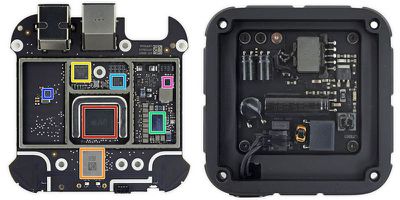

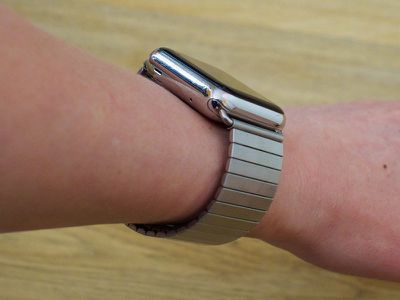


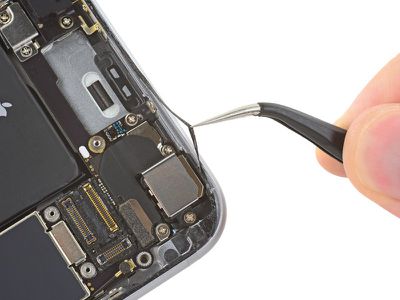
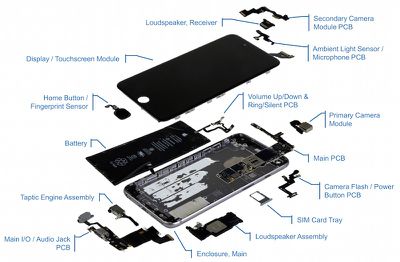
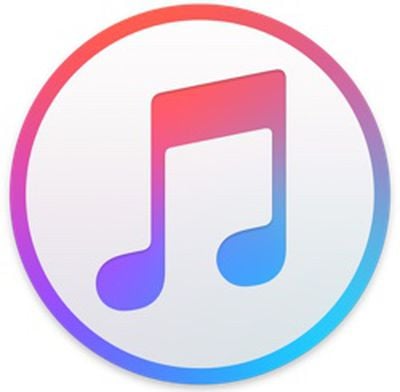 Apple today
Apple today 
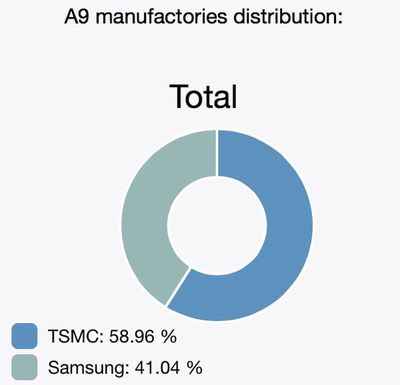
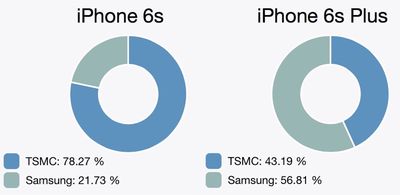

 Twitter is planning to introduce a new solution that will allow users to create tweets that exceed 140 characters in length, reports
Twitter is planning to introduce a new solution that will allow users to create tweets that exceed 140 characters in length, reports 